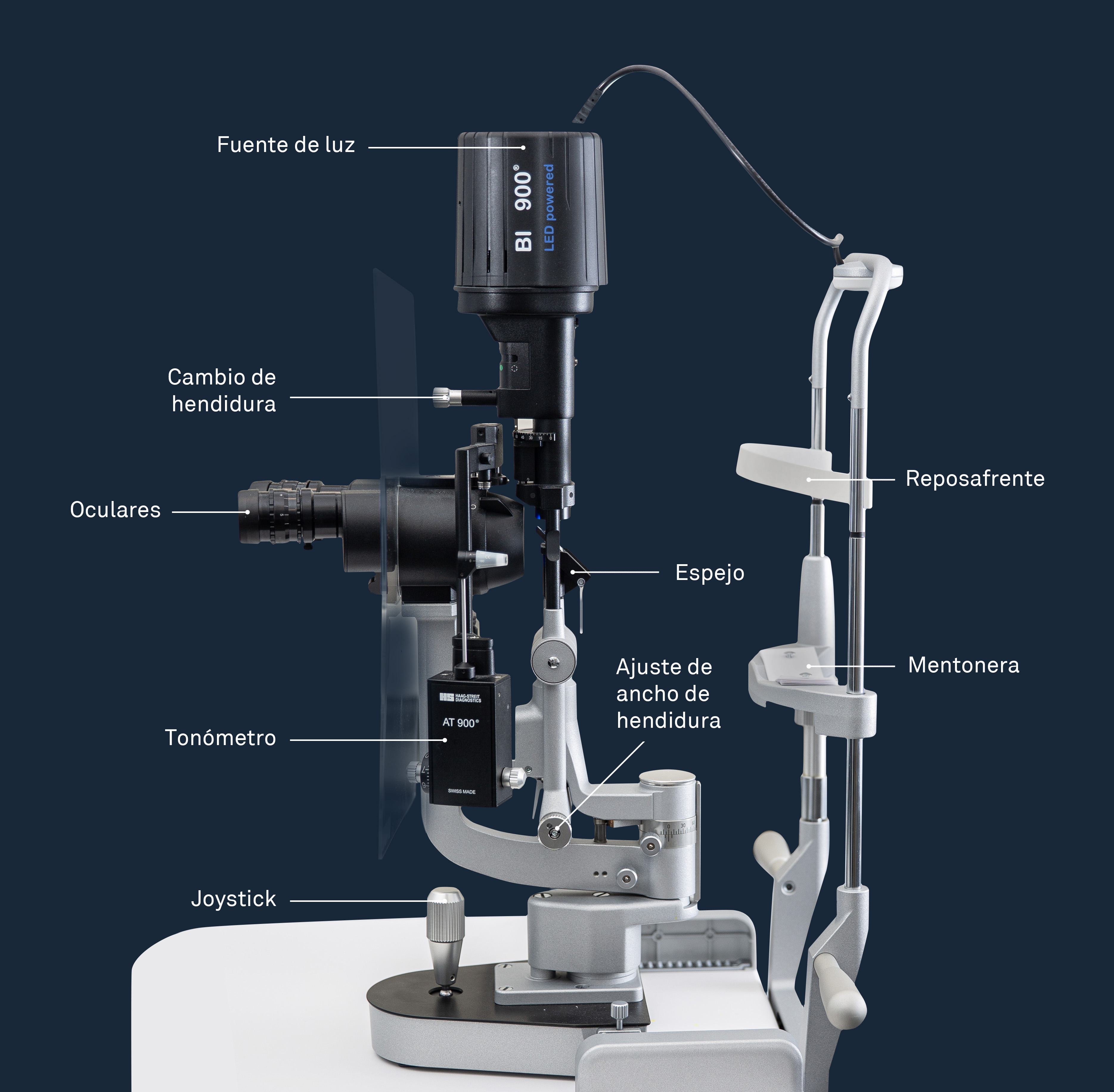What do flashes of light in the eyes mean and how to act
04/11/2025

18/09/2023
Regular eye examinations are important for detecting and treating eye conditions, preventing vision loss, assessing overall eye health, and ensuring appropriate care in case of chronic eye diseases. During an eye examination, the ophthalmologist will examine the eyes for any signs of eye conditions, as early detection can help prevent vision loss or slow down its progression.
The slit lamp, also known as a biomicroscope, is one of the basic working tools that ophthalmologists use to conduct a thorough eye examination. This instrument is used to examine the human eye in detail, especially the anterior segment structures of the eye, such as the cornea, iris, and lens.
It consists of a binocular microscope coupled with an intense light source and a specialized optical system. The light column allows for selecting the power, height, width, and colour of the light chosen based on what needs to be examined. The binocular viewer is the element through which the specialist explores the eye and provides images with depth. The optical system allows the ophthalmologist to examine the eye in cross-sections, creating a narrow and vertical "slit" or opening in the eye structure. The viewer allows for selecting the magnification power and is fully adjustable, similar to binoculars. The light column and the viewer move independently, allowing the use of different examination techniques.

The combination of size, position, intensity, and angle of the light allows for multiple examination techniques: diffuse illumination, direct, indirect, retroillumination, scleral scatter, specular reflection, tangential, etc. Furthermore, with the use of special lenses, we can examine eye structures in more detail.
The slit lamp is especially useful for diagnosing and evaluating eye conditions such as cataracts, conjunctivitis, keratitis, corneal abrasions, and iris abnormalities. It is also used during preoperative and postoperative examinations for eye surgery, such as cataract surgery or refractive surgery.
Moreover, if a tonometer is added to the slit lamp and fluorescence is used, intraocular pressure can be measured, a vital measure for glaucoma monitoring.
Dr. Alberto Lozano, ophthalmologist at the Barraquer Ophthalmology Centre